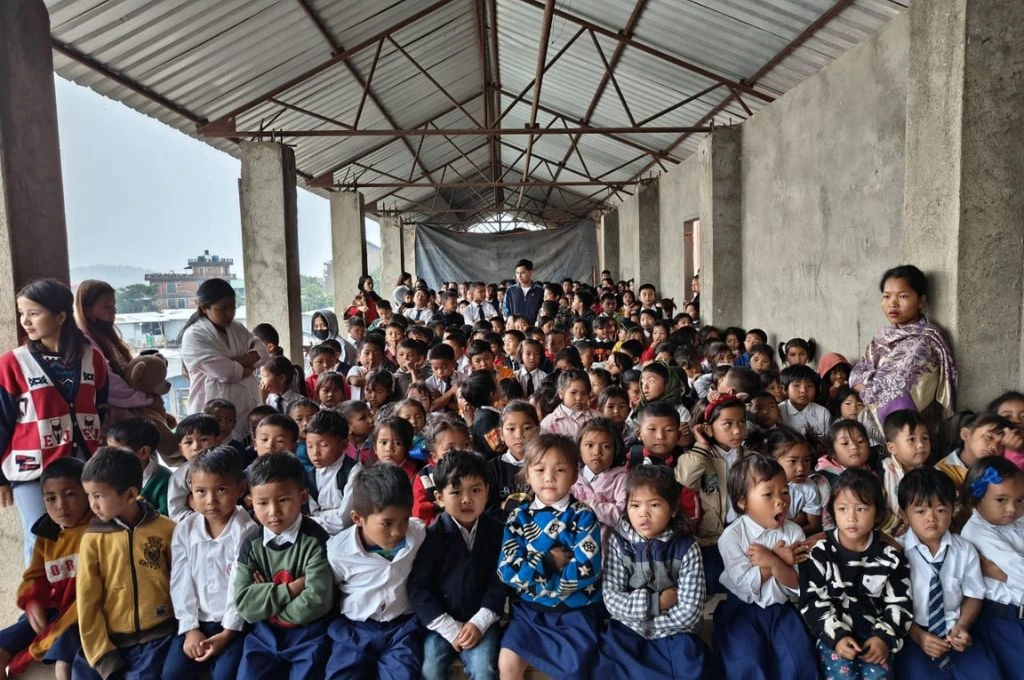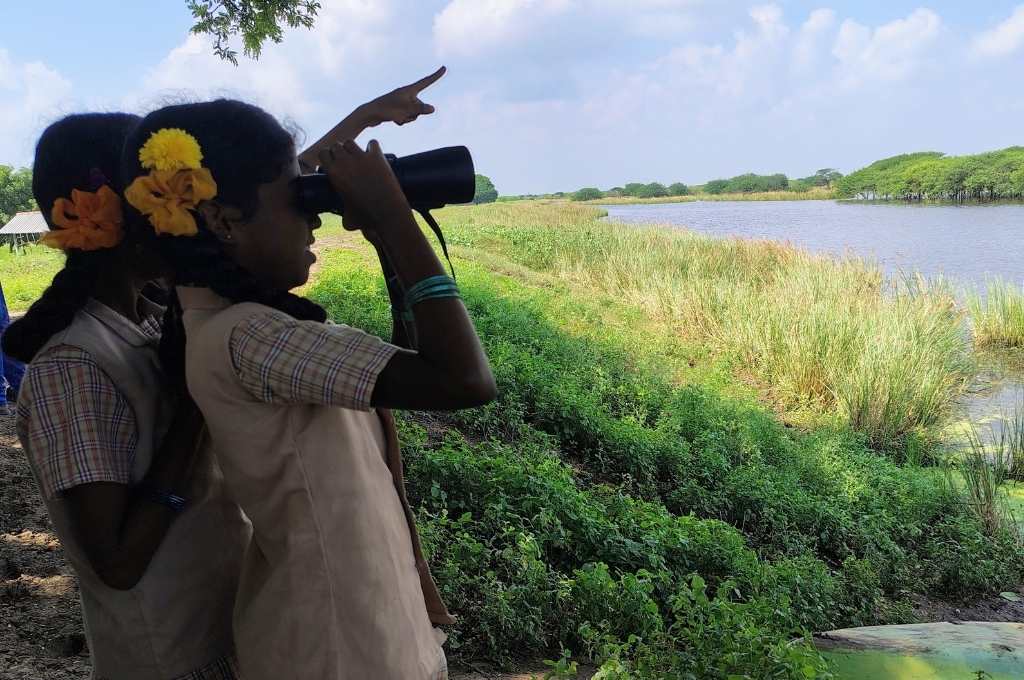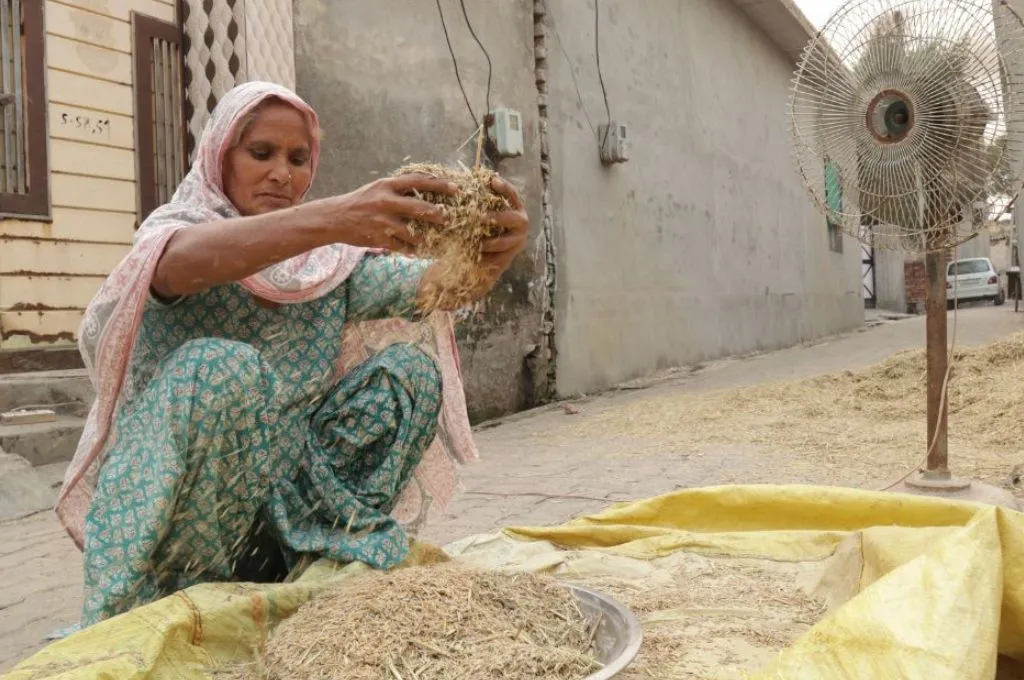Farmers in Assam don’t eat millet; will they grow it?
In 2022, the Assam government launched the state’s millets mission to fulfil India’s export demand and double farmers’ incomes. NABARD sanctioned grants to support millet distribution in the state and the government distributed seeds to the farmers to promote millet cultivation.
However, millets are still new to Assam. Even in districts such as Chirang, which has had the largest area of land under millet cultivation in the state since the promotion began, not many people know how to cook and consume millets.
People in Assam typically eat rice, which they consume in various forms including as snacks such as sira (flattened rice) and moori (puffed rice). Most of them are also small and marginal farmers who own 1–2 hectares of land where they grow paddy in the kharif season (the seeds are sown at the onset of monsoon), cultivate vegetables for self-consumption in the rabi season (the seeds are sown during early winter), and leave the land barren for the rest of the year. Even if they choose to plant millets, they do so during the rabi period.
Another fact to consider is that most farmers in Assam grow food primarily for themselves and sell only the surplus in the market. Naturally, they are unwilling to adopt a crop that’s not a part of their regular diet.
The state government has spent its resources on making people aware of the health benefits of millets but there’s still a lack of market demand, linkages, and any hope of price realisation. So far, it is simply not a profitable crop.
Polash Patangia works as a manager for Knowledge Hub and Communications at Aide et Action.
—
Know more: Learn why farmers in Meghalaya don’t consume millets like they used to.
Do more: Connect with the author at polashpatangia85@gmail.com to learn more about and support his work.




